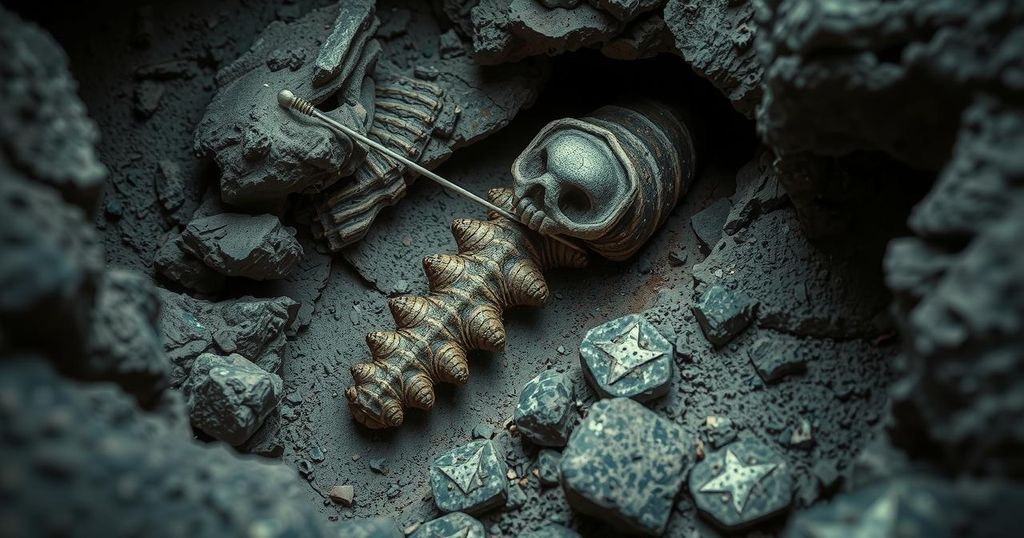Concerns Over Authenticity of Moroccan Mosasaur Fossil

Researchers are questioning the authenticity of a mosasaur fossil implicated in the classification of Xenodens calminechari. Issues with the fossil’s structure suggest potential tampering. The fossil originates from an area known for faked fossils, spurring calls for CT scans to examine it more thoroughly. Additionally, critiques regarding the accessibility of the specimen for scientific scrutiny are emerging.
Recent scrutiny has emerged regarding the validity of a mosasaur fossil discovered in a Moroccan phosphate mine, previously used to classify a new species, Xenodens calminechari. This marine predator, said to have existed between 72 and 66 million years ago, has had its classification called into question due to inconsistencies found within the fossil’s structure and reported origins.
The question of authenticating fossils is critical for paleontological studies, as forgeries can severely impact scientific understanding of prehistoric life. The fossil in question revealed unusual features in its jaw and teeth, notably two teeth sharing a single socket, which contradicts established knowledge of mosasaur anatomy. Dr. Michael Caldwell emphasized the need for careful investigation due to the implications of potential tampering, especially considering the fossil’s origin in a region known for fraudulence in fossil markets.
The growing concern among researchers highlights the necessity of verifying the authenticity of paleontological specimens to maintain the integrity of scientific inquiry. Calls for advanced imaging techniques are increasing, indicating a collective determination to resolve these authenticity challenges.
Original Source: www.gadgets360.com







